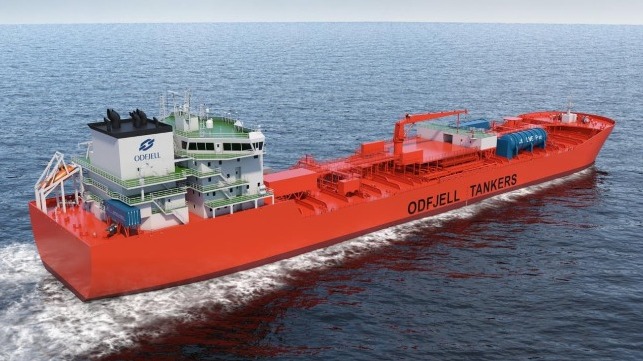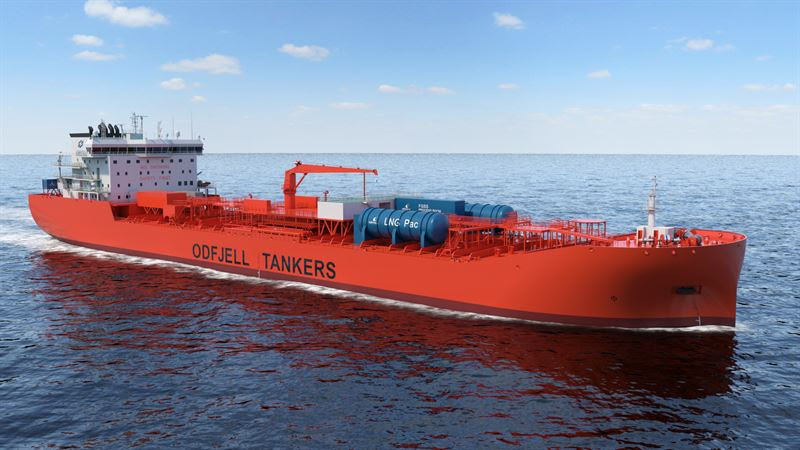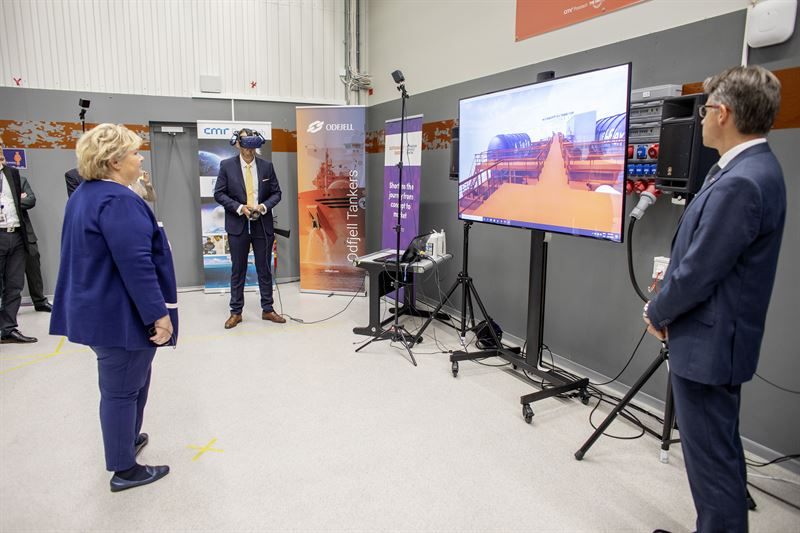
[ad_1]

The race continues seeking to develop new technologies to fuel the shipping industry and help to achieve the industry’s goals to reduce harmful emissions and become climate neutral. In the effort to develop new, energy-efficient solutions, a Scandinavian team is working on a fuel cell project that they believe can provide a groundbreaking fuel solution for ships and the offshore sector.
The project aims to develop a technology that can provide emission-free operation over long distances. The main partners in the project are Odfjell, with its experience in global shipping, Prototech, for fuel cell technology, Wärtsilä, with experience in maritime technology and energy, and Lundin Energy Norway in oil and gas.
This partnership is constructing a pilot system that can use different types of fuel, including ammonia and LNG, which are at the forefront of the industry’s drive to develop new fuels. The 1.2. MW prototype fuel cell will first be tested at the Sustainable Energy Catapult Centre at Stord, Norway. Then it will be mounted and tested onboard one of Odfjell’s newest chemical tankers.

Rendering of the prototype fuel cell aboard the chemical tanker – courtesy of Odfjell
Using the flexibility designed into the system, they note that vessels can choose fuel according to availability, and can reduce emissions from shipping by 40 to 100 percent. The technology also enables direct capture of CO2, which they said will be another alternative for emission-free operation when logistics for CO2 management become available.
“Ships are to be operated for 20-30 years, and we need flexible solutions that can meet future emission requirements. We do not have time to wait, we have to think about zero emissions already now,” says Erik Hjortland, Technology Director at Odfjell SE. “The fuel cell project is one of the paths we are pursuing. We focus on machinery rather than focusing on one single type of fuel. Fuel cell technology gives us flexibility that ensures environmentally efficient operation regardless of fuel changes that may occur in the years ahead.”
The unique feature of the new technology is its high energy efficiency and the flexibility that enables significant emission reductions already from day one with the use of currently available infrastructure for LNG – while also preparing for emission-free operation in line with the development of value chains and infrastructure for sustainable fuels in the years to come.
“Our tests show a CO2 reduction of as much as 40-45 percent when using LNG, compared to current solutions,” says Bernt Skeie, CEO of Prototech. “Increased efficiency and reduced fuel consumption also provide significant cost savings, and the ship will be able to sail significantly longer on the same amount of energy. The system will also be ready to operate completely emission-free from the locations where, for instance, ammonia is available for bunkering,”

Partnership presenting the techology of Norway’s Prime Minister Erna Solberg – Photo: Sustainable Energy Catapult Centre
So far, the project has been funded with support from Gassnova, NFR, and the participants. The project was also presented this week to the Norwegian Prime Minister, Erna Solberg, during a ceremony celebrating an expansion of the catapult center into the Future Fuel Test Centre.
“The new energy solution has the potential to take us a big step closer to the goal of climate neutrality. And it does not stop with ships, this solution can also be used in offshore oil and gas operations,” says Ingve Sørfonn, Technical Director in Wärtsilä.
[ad_2]
Source link